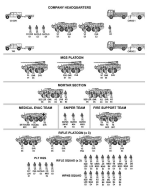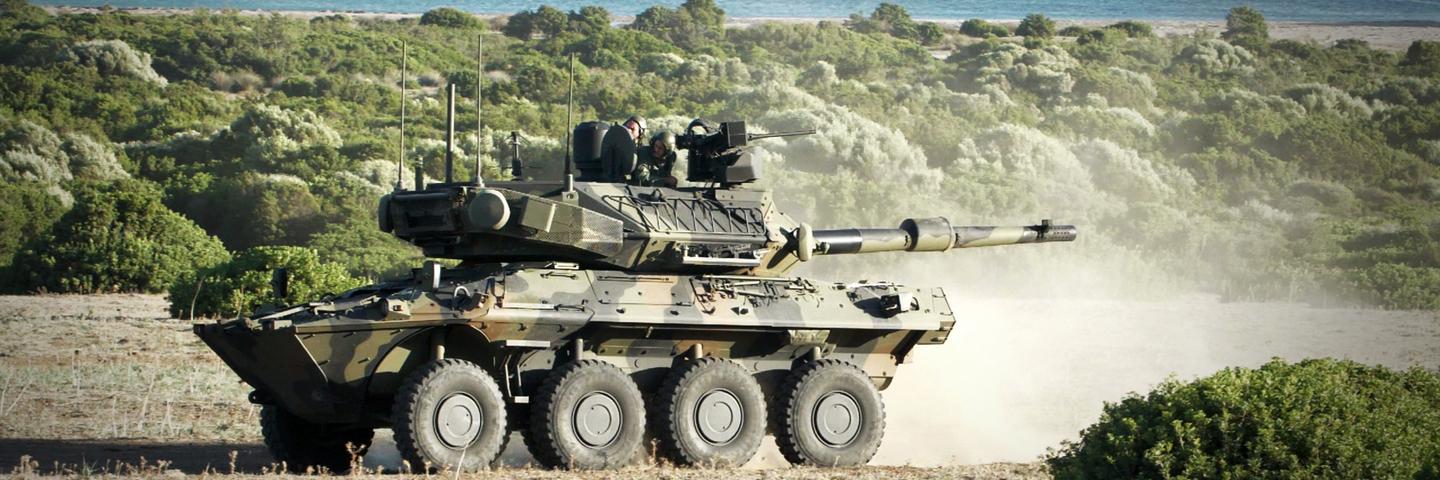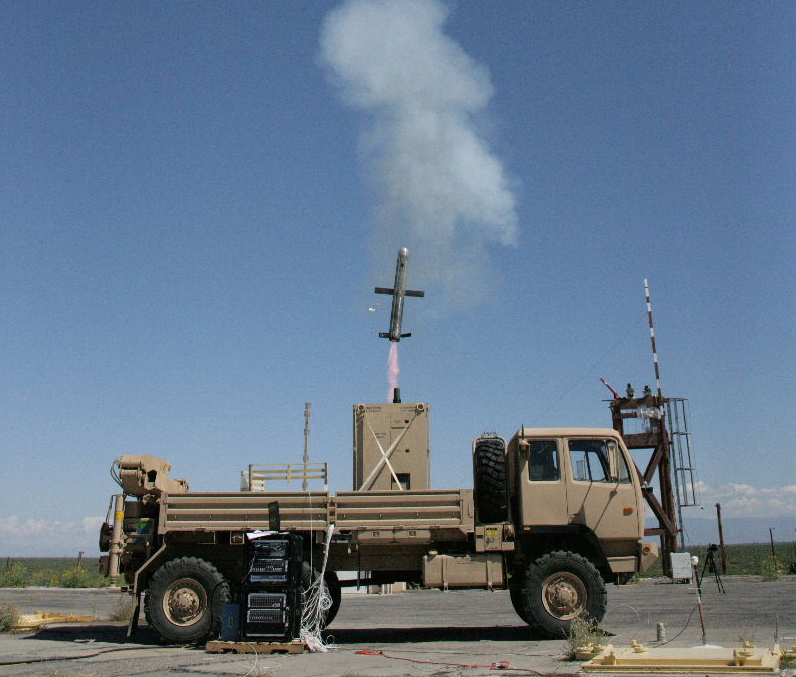daftandbarmy
Army.ca Fossil
- Reaction score
- 42,582
- Points
- 1,160
Short answer is: legally, yes.
And if you did, without a couple of years of preparation and huge investments of various kinds, it would probably looks something like this


Short answer is: legally, yes.

Long answer: political suicideShort answer is: legally, yes
I honestly don't think so but then I have no more idea what the great unwashed Canadian public expects anymore. Long story short, mobilizing a reservist who has already volunteered to be in the military is not the equivalent of a conscription crisis.Long answer: political suicide
I mean, The Army would introduce lengthy unneeded and counterproductive additional training requirements, not adequately resource them, lose the paperwork, and have everyone do a BFT twice a week for four months because HOW DARE YOU QUESTION ME.
I mean, The Army would introduce lengthy unneeded and counterproductive additional training requirements, not adequately resource them, lose the paperwork, and have everyone do a BFT twice a week for four months because HOW DARE YOU QUESTION ME.
The Class As, or the lifer Class Bs-who-should-be-Cs/Regulars?I honestly don't think so but then I have no more idea what the great unwashed Canadian public expects anymore. Long story short, mobilizing a reservist who has already volunteered to be in the military is not the equivalent of a conscription crisis.
I'm of the view that the country (and not that granola eating sub set of it) expects that reserve service means that people may be required to go rather than volunteer a second time.
In any event a proper education program can fix that.
That I'm afraid might be true. A proper system is not complex. It could be based primarily on training the hell out of students during the summers when they are young, fit and tremendously interested in getting summer employment. After that you lay off them except for well organized and conducted refresher training. (Oh yeah. And fire all the Class A LCols and CWOs)

Hey, the Vancouver Olympics went off without an incident requiring CAF intervention solely because of the number of BFTs the Army ran the Res F augmentees through.
I thought it was because they made all the Reservists suffer under the leadership of the Strathconas, thus convincing them that the Reg F was a bad career choice

Despite the NDA several General Officers, who are currently serving, have indicated to myself when I brought this up portion of the NDA, that they do not believe it’s feasible to use it. My understanding of their view is that it would only happen if it was WW3 and even then be likely to result in a conscription crisis.And there are lessons learned from the UK roaming about, e.g.,
But the most significant mobilisation of Reserve Forces (volunteer and regular reserves) since the1950s occurred with the invasion of Iraq in 2003 – Operation TELIC.
We called out over 8000 reservists of which about 5200 were mobilised. Reservists continued to be involved after the main combat was over, right until the end of the campaign, providing key enablers to support deployment; backfilling of posts in the UK; individual augmentees to bring units up to war-fighting establishments; manning Reserve sub-units including niche capabilities such as CBRN; and providing specialist services like linguists, media operations and medics (760 were medical staff, including 93 doctors).
Lessons learned from this, the first really compulsory mobilisation since the Suez operation in the 1950s, included:
- The importance of notice. The nature of the invasion decision meant this was difficult and reservists and employers got very little formal notice.
- Fitness. A considerable number were medically unfit and not properly trained – this also applied to Regulars !
- It was difficult to mobilise people effectively, particularly individuals. Support; administration, kit and equipment issue, and basic refresher training, all caused problems. This led to the rapid development of a mobilisation centre, with dedicated staff.
- Many people were not used in their proper role, and felt that administration in theatre of reservists – for example pay - was poor.
The UK Experiemce:- Reserves as a part of the whole Force
The UK Experiemce:- Reserves as a part of the whole Force DRA - Defence Reserves Associationdra.org.au
I think part of the reason is for the past 55 years, there has been a prevailing belief the P Res is a part time gig that only becomes full time if the member chooses.Despite the NDA several General Officers, who are currently serving, have indicated to myself when I brought this up portion of the NDA, that they do not believe it’s feasible to use it. My understanding of their view is that it would only happen if it was WW3 and even then be likely to result in a conscription crisis.
It’s a view I can’t understand but again it seems to be a view that exists with at least some of the CA senior leadership.
I'm of the view that the majority of CA units should be hybrid led by a RegF CO - therefore no Class A COs (or RSMs) except those who have had the equivalent training and experience of a RegF LCol and willing to serve full-time during his tenure.The Class As, or the lifer Class Bs-who-should-be-Cs/Regulars?
I'm reaching back to pre-2009 but many that I spoke to when I lectured on ResF terms of service did not even appreciate that the NDA provided that broad power. Once aware of it many defaulted to the "the government would never authorize it" excuse.Despite the NDA several General Officers, who are currently serving, have indicated to myself when I brought this up portion of the NDA, that they do not believe it’s feasible to use it.
I don't disagree that the perception exists. It's a self-induced illusion that has become a reality of sorts.My understanding of their view is that it would only happen if it was WW3 and even then be likely to result in a conscription crisis.
It’s a view I can’t understand but again it seems to be a view that exists with at least some of the CA senior leadership.
About the MGS the thing being it didn't work.
I think its been removed and they are replacing with a "not tank" tank.
View attachment 77737
The GD Griffin. Mobil Protected Firepower MPR, its not a tank.
The Stryker Mobile Gun System can fire 18 rounds of 105-mm main gun ammunition; 400 rounds of . 50 caliber ammunition; and 3,400 rounds of 7.62 ...
| Main armament | M1: 105 mm L/52 M68A1rifled gun (55 rounds) M1A1: 120 mm L/44 M256smoothbore gun (40 rounds) M1A2: 120 mm L/44 M256 smoothbore gun (42 rounds) |
|---|---|
| Secondary armament | 1 × 0.50 caliber (12.7 mm) M2HBheavy machine gun with 900 rounds 2 × 7.62 mm (.308 in)M240machine guns with 10,400 rounds (1 pintle-mounted, 1 coaxial) |
| Main armament | 1 x M242 Bushmaster (210rnds) or 1 x RWS C6 GPMG (2,200rnds)[1][3] |
|---|---|
| Secondary armament | C6 GPMG[1][3] |

There were 24 marks of Spitfire and many sub-variants.








